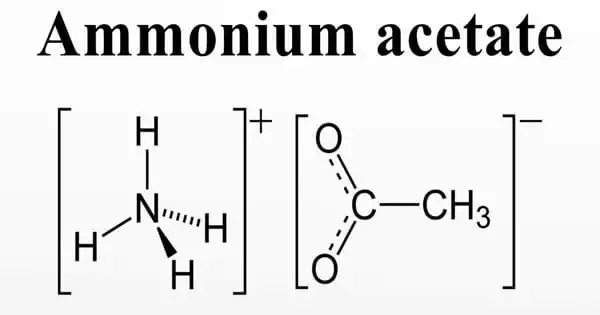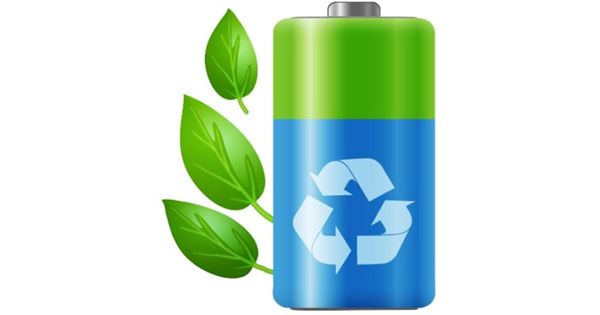Titanium silicon carbide, chemical formula Ti3SiC2, is a material with both metallic and ceramic properties. It is known for its high strength, excellent thermal stability, and resistance to wear and corrosion. These properties make it useful in various high-performance applications, particularly in aerospace, automotive, and military industries. It is an advanced composite material with outstanding mechanical, thermal, and wear-resistant properties, synthesized for use in industries that require materials capable of withstanding extreme conditions. It is one of the MAX phases.
Properties
- Chemical formula: C2SiTi3
- Molar mass: 195.708 g·mol−1
- Hardness: TiSiC is extremely hard due to the presence of silicon carbide, which is one of the hardest materials known.
- High-Temperature Stability: It maintains its strength and stability at elevated temperatures, making it useful in high-temperature environments.
- Thermal Conductivity: It enhances thermal conductivity, which can be useful in heat dissipation applications, such as in electronics and power systems.
- Electrical Conductivity: TiSiC composites exhibit semiconductor-like properties, which may allow for their use in certain electrical or electronic applications.
Key features
- High Strength-to-Weight Ratio: Titanium is a lightweight metal, and when combined with silicon carbide, it enhances the strength and toughness of the material without significantly increasing its weight.
- Thermal Stability: Silicon carbide has excellent thermal stability, which makes the composite material ideal for use in environments with high temperatures, such as aerospace components and turbine blades.
- Corrosion Resistance: Titanium is naturally resistant to corrosion, and silicon carbide adds further resistance to chemical attacks, making TiSiC composites suitable for harsh environments.
- Wear Resistance: Silicon carbide is known for its hardness, which increases the wear resistance of TiSiC, making it ideal for applications where friction and abrasion are significant concerns.
Occurrences
- Synthesis: TiSiC is typically not found in nature in its pure form but is synthesized through chemical processes, such as reaction between titanium carbide (TiC) and silicon carbide (SiC) under high temperature and pressure conditions.
- Synthetic Production: It is often produced using methods like chemical vapor deposition (CVD), sintering, or reactive sintering. These processes create high-performance materials for various industrial applications.
- Usage in Industry: TiSiC is not commonly found in bulk quantities in natural environments but is rather engineered for specific purposes like advanced ceramics, high-performance coatings, armor materials, and aerospace components.
Applications
- Aerospace: Due to its high strength and temperature resistance, TiSiC can be used in aerospace components, such as heat shields and turbine blades.
- Automotive: In the automotive industry, TiSiC may be used in engine parts, brake systems, and other high-stress components.
- Defense: TiSiC is used in military armor and other defense technologies due to its hardness and resistance to wear.
- Electronics: Its combination of strength and electrical properties also makes TiSiC suitable for electronic components that require both thermal conductivity and mechanical strength.















